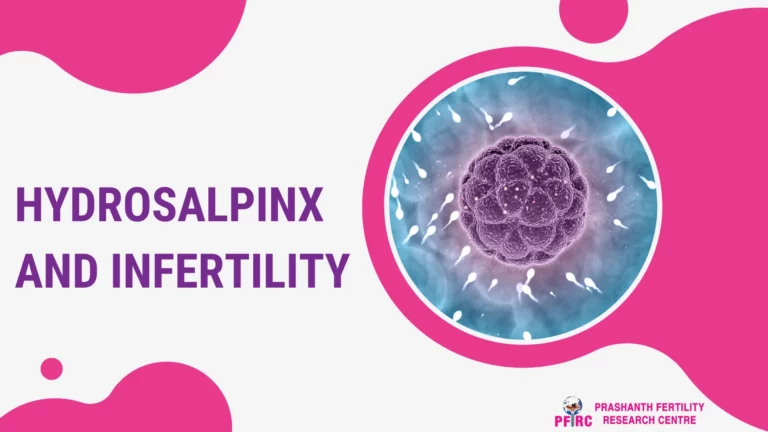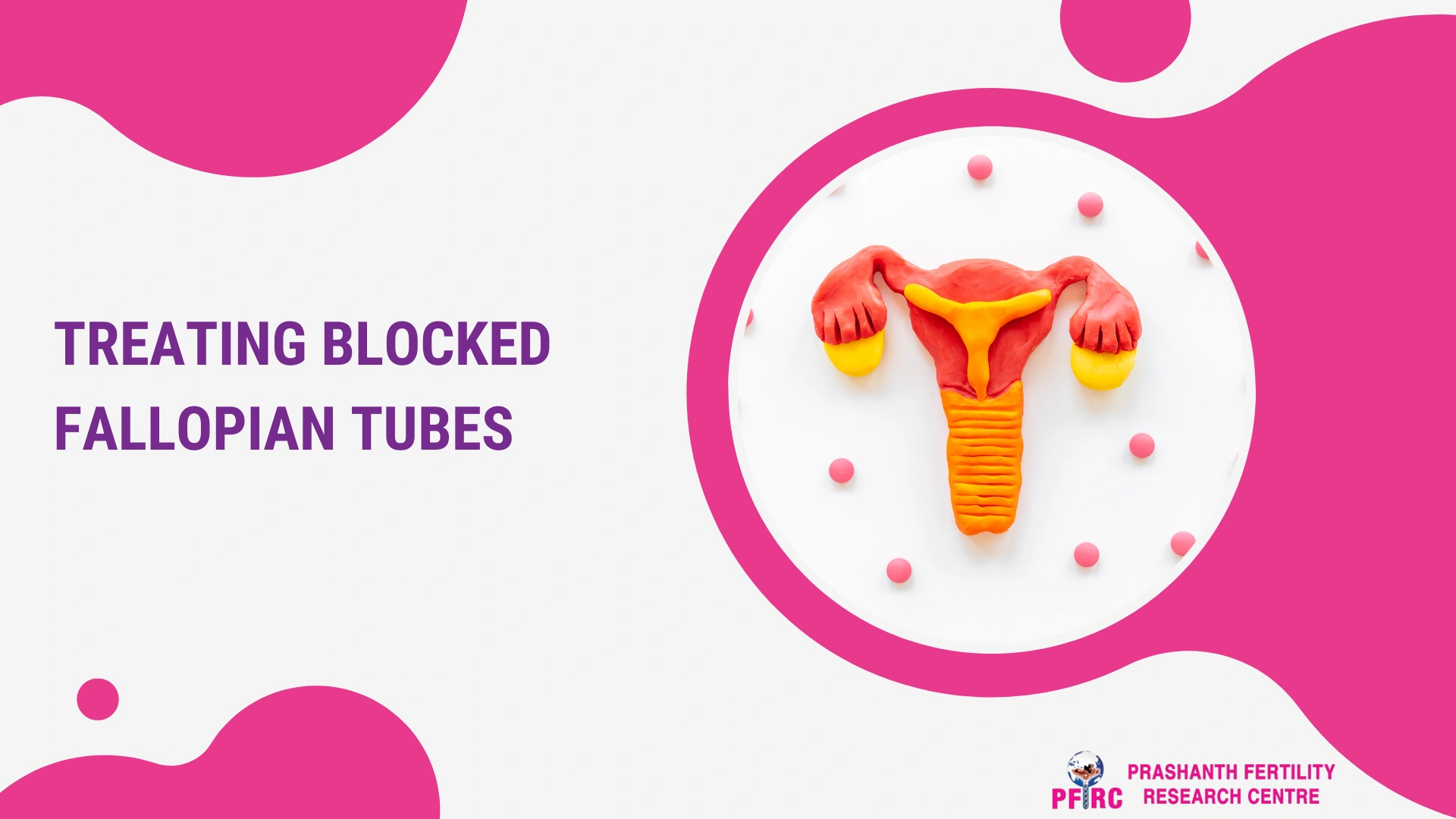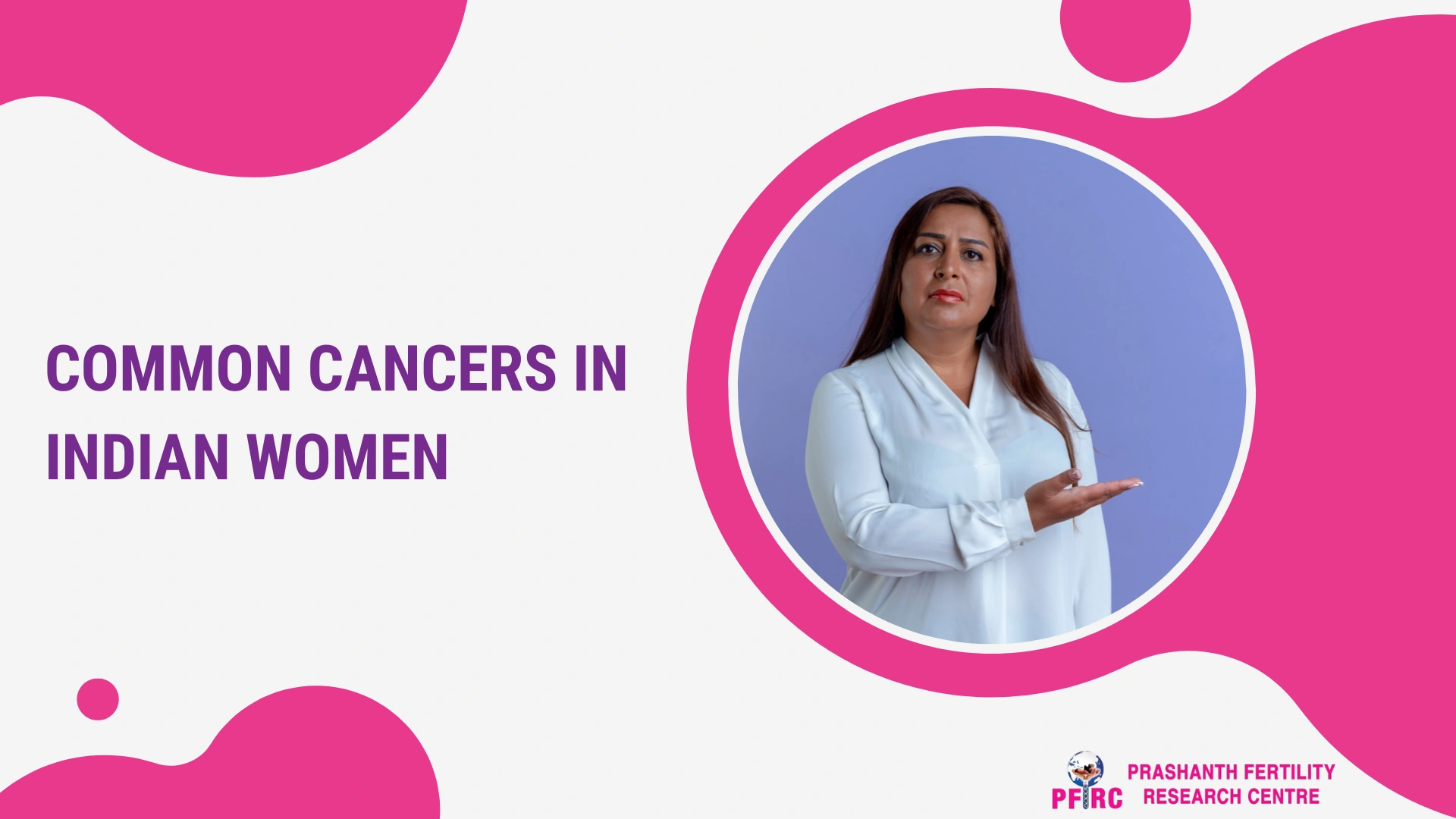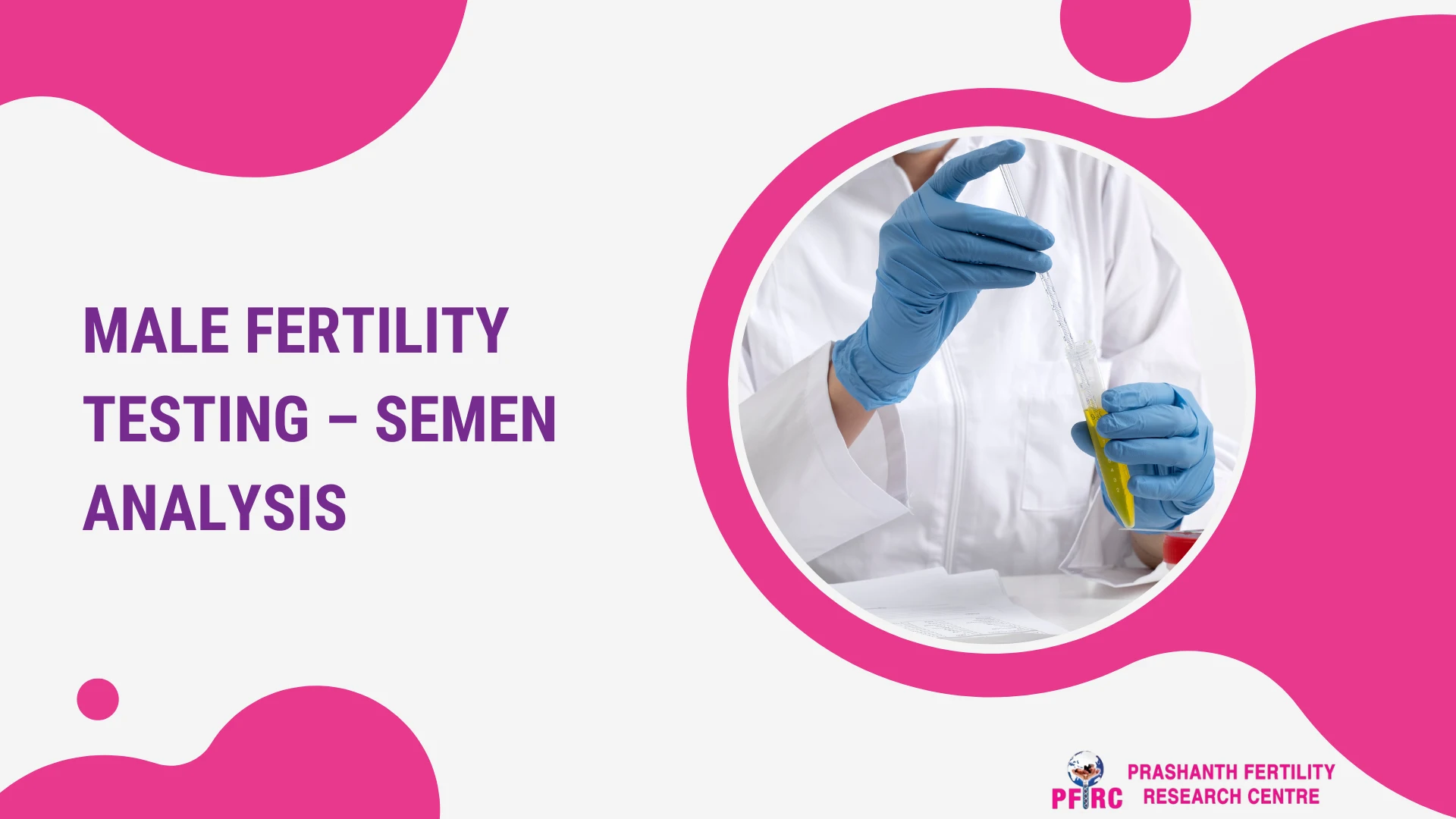What is Hydrosalpinx?
The term ‘Hydrosalpinx’ may be new to most of us but the problem isn’t as new as the term is. It comes from Greek, with ‘hydro’ meaning water and ‘salpinx’ meaning tube. Hydrosalpinx is the blockage of the far end of the fallopian tube which results in the accumulation of fluid within the fallopian tube. The affected fallopian tubes can be either one or even both where the affected area can become substantially swollen or grow a few centimeters in diameter. Abdominal or pelvic pain is commonly observed in patients with hydrosalpinx but it frequently results in infertility.
Hydrosalpinx and pregnancy
A normal pregnancy in the uterus may not occur because the tube may be severely damaged/ blocked and not work properly. A pregnancy may develop in the tube (ectopic pregnancy) which can be life-threatening. Moreover, as the tube is blocked, secretions that collect in the tube may backflow into the uterus and prevent a pregnancy from implanting into the uterus. The fallopian tube plays a crucial role during pregnancy. As the sperm enters the vagina, it travels to the cervix through the uterus and into the fallopian tube where an egg would be present in either of the tubes, if intercourse had happened during the time of ovulation. After which fertilization occurs, the embryo is formed, implanted in the uterus, and pregnancy happens. Studies have shown that women with one open tube but another tube hydrosalpinx have reduced chances of pregnancy.
Is IVF treatment a viable option for hydrosalpinx?
There are various reasons that explain why there is a low success rate in patients with hydrosalpinx. The flow of fluid into the uterus could hinder the implantation of an embryo. Fluids containing lower levels of proteins, various amounts of debris and other toxic substances are harmful to both the embryo as well as the lining of the uterus. Fluids may cause sweeping out of embryos. There is substantial evidence suggesting that the success of IVF treatment is significantly lower for women with hydrosalpinx in comparison with the other causes of infertility.
Investigators recently compiled the results from 14 different studies to try and figure out the success rate of IVF treatment on women with hydrosalpinx. 5592 patients were analyzed went under 8703 IVF embryo transfers, out of which 1004 patients were diagnosed with hydrosalpinx and 4588 had tubal blockage without hydrosalpinx.
Their 4 different outcomes were as follows
- overall pregnancy rate drop
- lower implantation rate
- drop in the delivery rate
- increased miscarriage rate
Treatment for Hydrosalpinx
The best treatment option for patients is to undergo tubal disconnection before the IVF treatment. In case of hydrosalpinx, fluid present in the fallopian tube acts as a barrier and it does not allow the zygote to reach the uterus and implant. Correcting hydrosalpinx by either medical or surgical method will improve the chances of implantation in an IVF cycle. Ultimately, retaining the affected fallopian tube is more harm and there is no benefit in achieving pregnancy. According to the National Institutes of Health, when hydrosalpinx fluid is present in a woman undergoing assisted reproductive technologies such as IVF, it reduces the success of such treatments by half compared to a woman who does not have hydrosalpinx. For this reason, women wanting to conceive via IVF are often counseled to have the hydrosalpinx surgically removed before IVF treatment.
If you have hydrosalpinx, does it mean you cannot have a baby?
No, there is hope. If the fallopian tubes are totally obstructed, fertilization is impossible and it will not be possible to get pregnant naturally. In such cases, the most successful type of treatment for getting pregnant is through IVF.








